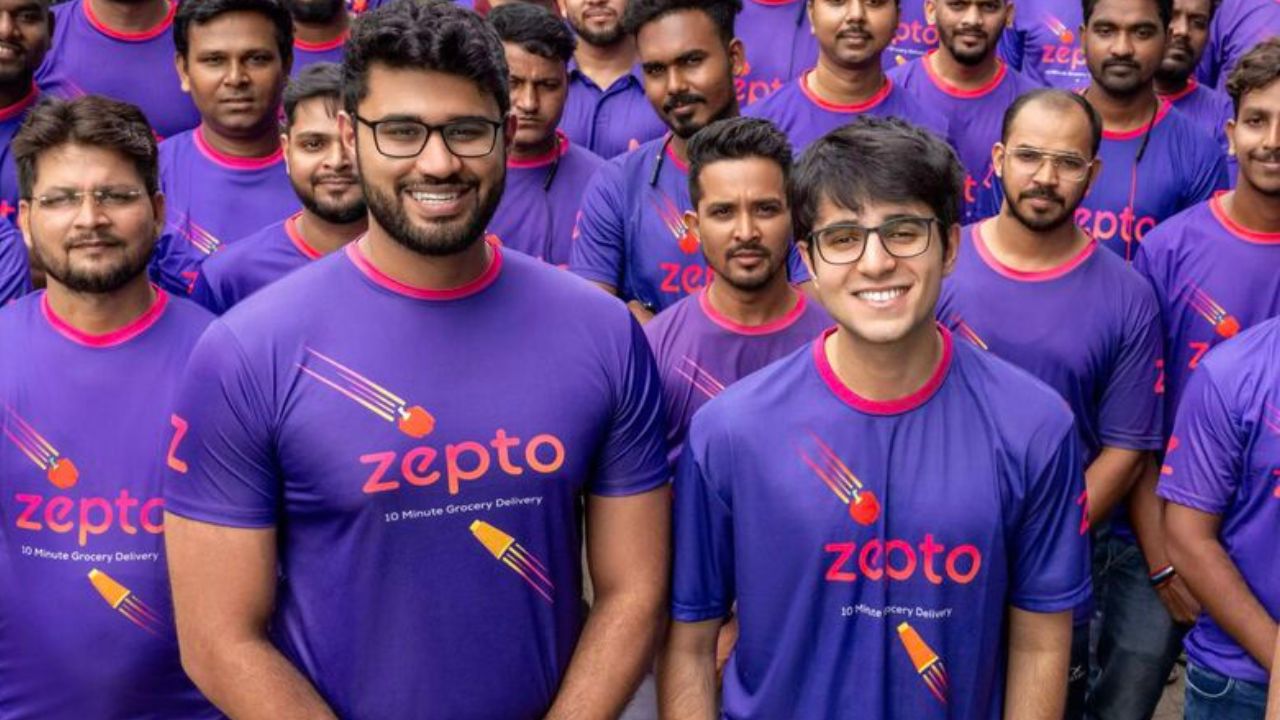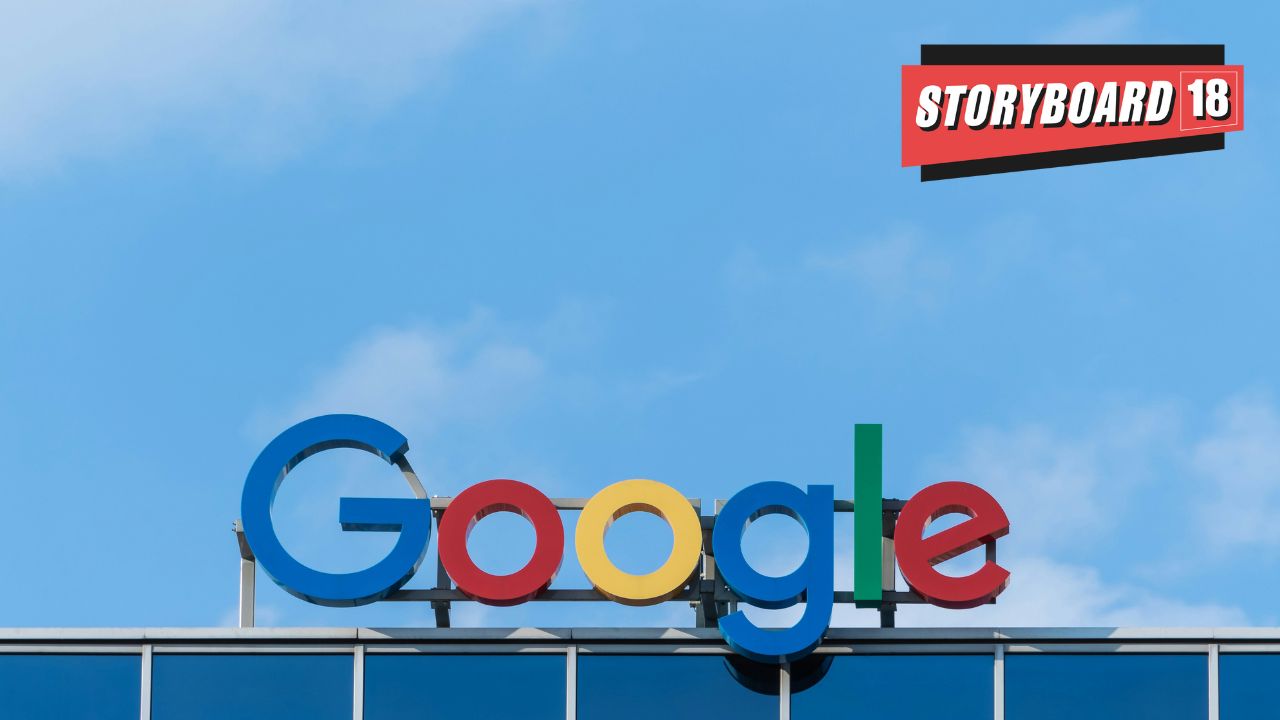The agency was awarded the account in a multi-agency pitch. This partnership will cover the strategic planning and execution of Tata Consumer Products’ media mandate in India, for the upcoming financial year.
Category: Advertising
Cathay Pacific engages travellers in transit with its clever real-time OOH campaign
At Mumbai’s Vakola junction, a digital display showcases the airline’s premium services and extensive global network, sparking wanderlust during the daily grind. In Delhi, the campaign takes personalization a step further, using Flight Information Display Systems (FIDS) to deliver real-time, flight-specific messages.
Zepto crosses Rs 1,000 crores in annualized ad revenue
Quick commerce companies are not the only ones who have figured out the cash flow machine from ads.
MAST & MEH: Zepto, Flipkart, Vi, Google, The Sleep Company, and more
Who nailed it and who failed it? Dive into Storyboard18’s roundup of this week’s major hits and snoozefests in advertising!
Storyboard18 Impact: ASCI to report B4U Music’s betting ad to MIB
Additionally, B4U Television Network India Limited has blacklisted the marketing agency that paid for the advertisement’s telecast.
Ad revenue revolution: Can q-comm challenge e-comm giants for advertising dominance?
As q-commerce firms like Zepto experience significant ad revenue growth, they are reshaping the advertising landscape, with Zepto projected to reach Rs 1,000 crore in ad revenue by 2025.
Government tightens measures to combat fake news, misleading ads, and online fraud
The Government of India has introduced significant measures to tackle fraud related to fake news, deceptive advertisements, and counterfeit products on online platforms. Highlighting its commitment to a secure and trustworthy digital space, the government underscored the importance of ensuring an open and reliable internet for all users.
Can Colgate outshine peers? Volume growth key after ad spend jump
CLGT has been effectively leveraging AI-driven tools to deliver personalized consumer interactions on e-commerce platforms, resulting in 1.5x growth in engagement and content performance.
UK Competition Court rejects Google’s challenge to £7bn consumer lawsuit
UK antitrust court piles further pressure on Google by giving “unanimous” approval for search-engine consumer compensation claim to proceed.
Omnicom’s OMG wins media mandate of Tata Motors’ passenger vehicles business
Industry sources have confirmed to Storyboard18 that OMG has won the entire media mandate for Tata Motors PVs.









